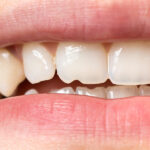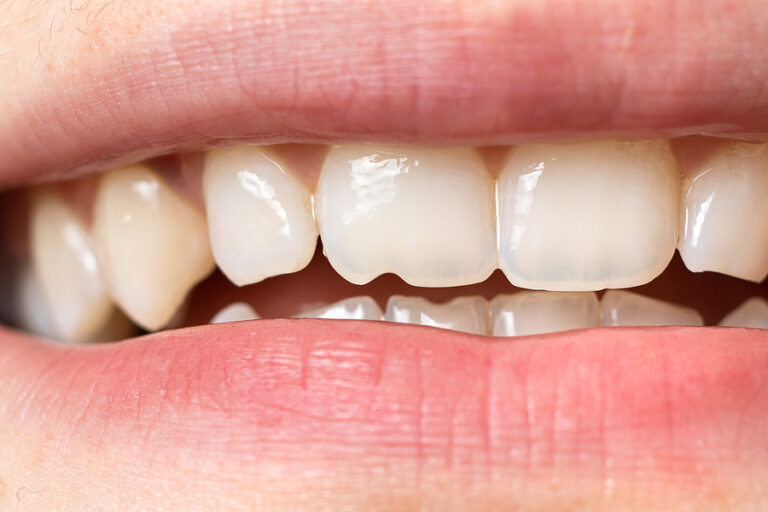
How Facial Anatomy Shapes the Perfect Facelift Plan
Dr. Siamak Agha of The Aesthetics Centers in Newport Beach explains why understanding each patient’s facial anatomy is the key to creating natural, balanced facelift results.
No two faces age the same way. One person may notice sagging around the jawline, while another sees volume loss in the cheeks or deeper folds near the mouth. Genetics, lifestyle, and even the way we express emotion all play a role. That’s why the best facelift isn’t about using a “standard” technique—it’s about tailoring every detail to your anatomy.
At The Aesthetics Centers in Newport Beach, Dr. Siamak Agha takes a highly individualized approach. He studies how your face moves, where it naturally holds volume, and how gravity has affected deeper tissues. His goal isn’t just to tighten skin—it’s to rebuild harmony from the inside out.
“Every face tells a story. My job is to preserve that story while restoring balance and vitality.” — Dr. Siamak Agha
Why Anatomy Matters More Than Technique
Facelift surgery isn’t a one-size-fits-all procedure. The position of facial fat pads, the strength of the underlying SMAS layer, and the quality of your skin all determine how a lift should be performed.
For example, patients with thicker skin and strong facial muscles may benefit from deeper repositioning of tissues for longer-lasting structure. Those with thinner or more delicate skin may need a gentler approach with subtle tightening and volume restoration.
Understanding anatomy also helps Dr. Agha avoid that “overdone” look. Instead of pulling skin tighter, he repositions it naturally over the deeper layers, allowing for soft, youthful contours that move just like they should.
The Layers of the Face—and How They Age
The face is made up of several layers: skin, fat, muscle, and connective tissue. Each one plays a role in how we age.
- Skin loses elasticity and develops fine lines.
- Fat shifts downward, changing the face’s natural volume and structure.
- Muscles and fascia (SMAS) loosen, creating sagging around the lower face and neck.
By addressing all these layers—not just the surface—Dr. Agha restores lift and support where it matters most. This creates a result that looks youthful, natural, and balanced across the entire face, not just in one area.
Customization for Different Facial Types
Dr. Agha’s planning process always starts with identifying each patient’s unique features. Some faces are naturally fuller and rounder, while others are more angular or delicate. The lift technique, incision placement, and even recovery recommendations change depending on those traits.
For instance, patients with strong bone structure often benefit from a more defined jawline lift, while those with softer features may look best with subtle fat grafting to restore youthful fullness. This level of customization ensures no two facelifts ever look the same—and no result ever looks “done.”
Technology Meets Artistry
Dr. Agha uses high-resolution imaging and pre-surgical mapping to visualize facial proportions and plan incisions with precision. But technology alone doesn’t create beauty—artistry does. His years of surgical experience allow him to combine scientific understanding with aesthetic intuition, sculpting results that honor both anatomy and individuality.
It’s this blend of precision and artistry that makes modern facelifts so effective. Patients no longer need to fear looking unnatural—when anatomy guides the plan, the outcome always feels like you.
A Face That Feels Like You Again
Facelift surgery is about more than turning back time—it’s about restoring balance and self-assurance. When each lift is built around your anatomy, you don’t just look younger; you look refreshed, rested, and confident.
At The Aesthetics Centers in Newport Beach, Dr. Siamak Agha designs every facelift to highlight your best features while respecting what makes you unique. If you’ve been considering facial rejuvenation, this is your invitation to explore a plan that’s as individual as you are.

















